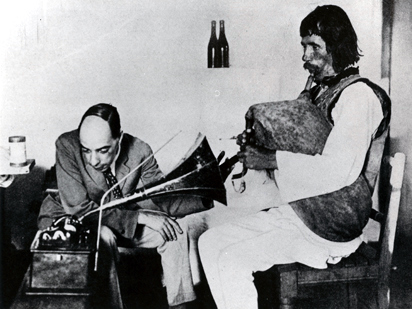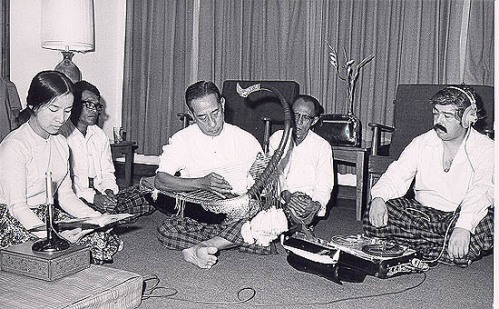A multi-instrumentalist and multi-linguist who has lived and performed in Tehran, Paris, Geneva, Brussels, Stockholm, and Frankfurt, Dr. Lloyd Miller has been fusing jazz and world music since the early 1960s.
The California native finds that the modal music of Asia is completely compatible with the African American tradition. “It is all the same musical system,” he says. “The same spirit, the same feeling, the same notes, and some of the same melodic patterns and repetitive and mirroring phrases.”
Long documented only by rare recordings, Miller’s music can now be heard in the compilation A lifetime of Oriental jazz (Jazzman JMANCD 208).
This according to “Jazz in an unfamiliar key: The wanderings of Lloyd Miller” by Francis Gooding (The IAJRC Journal XLIV/2 [June 2011] pp. 9–13]). Below, a compilation of Miller’s broadcasts.
Related articles:
















